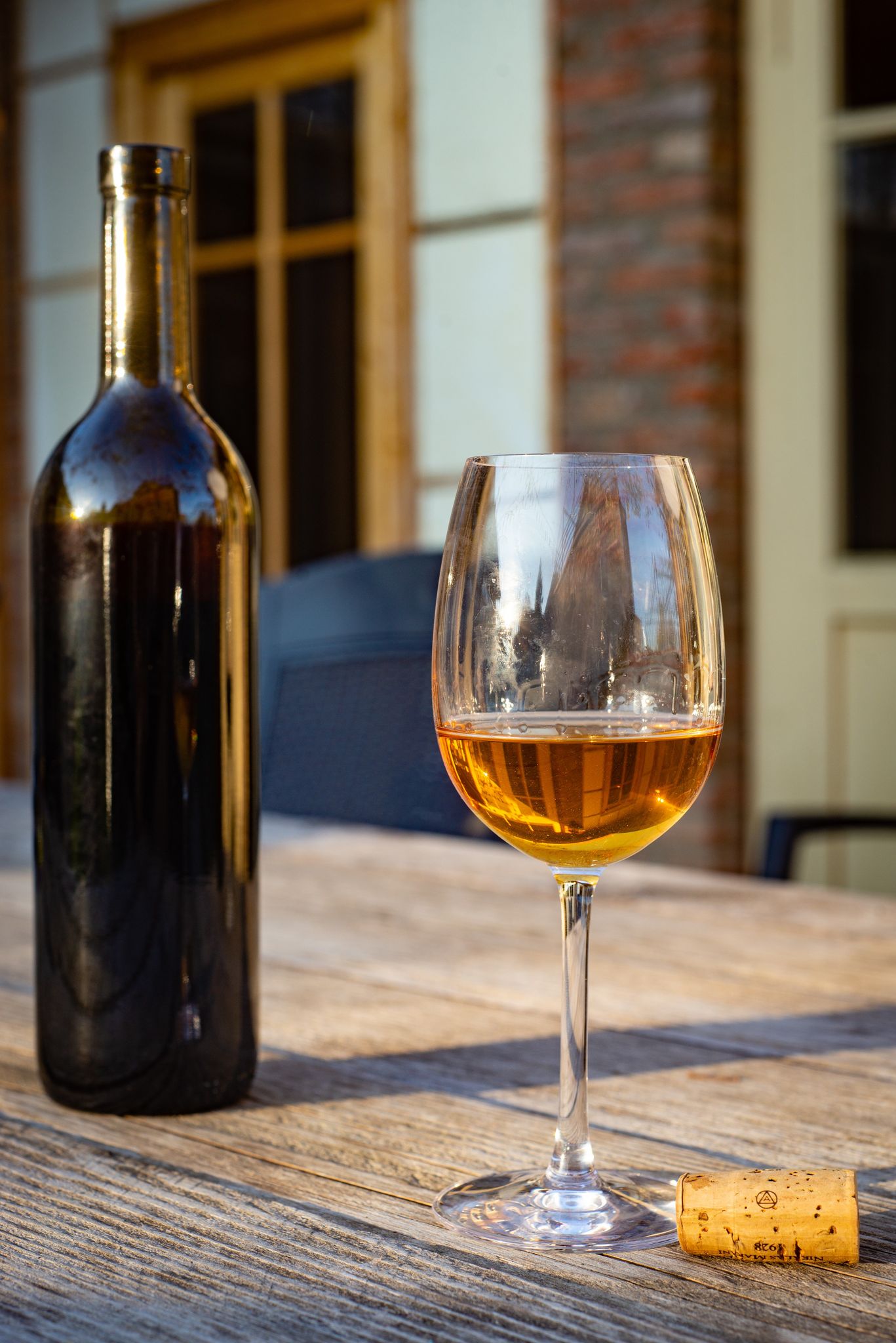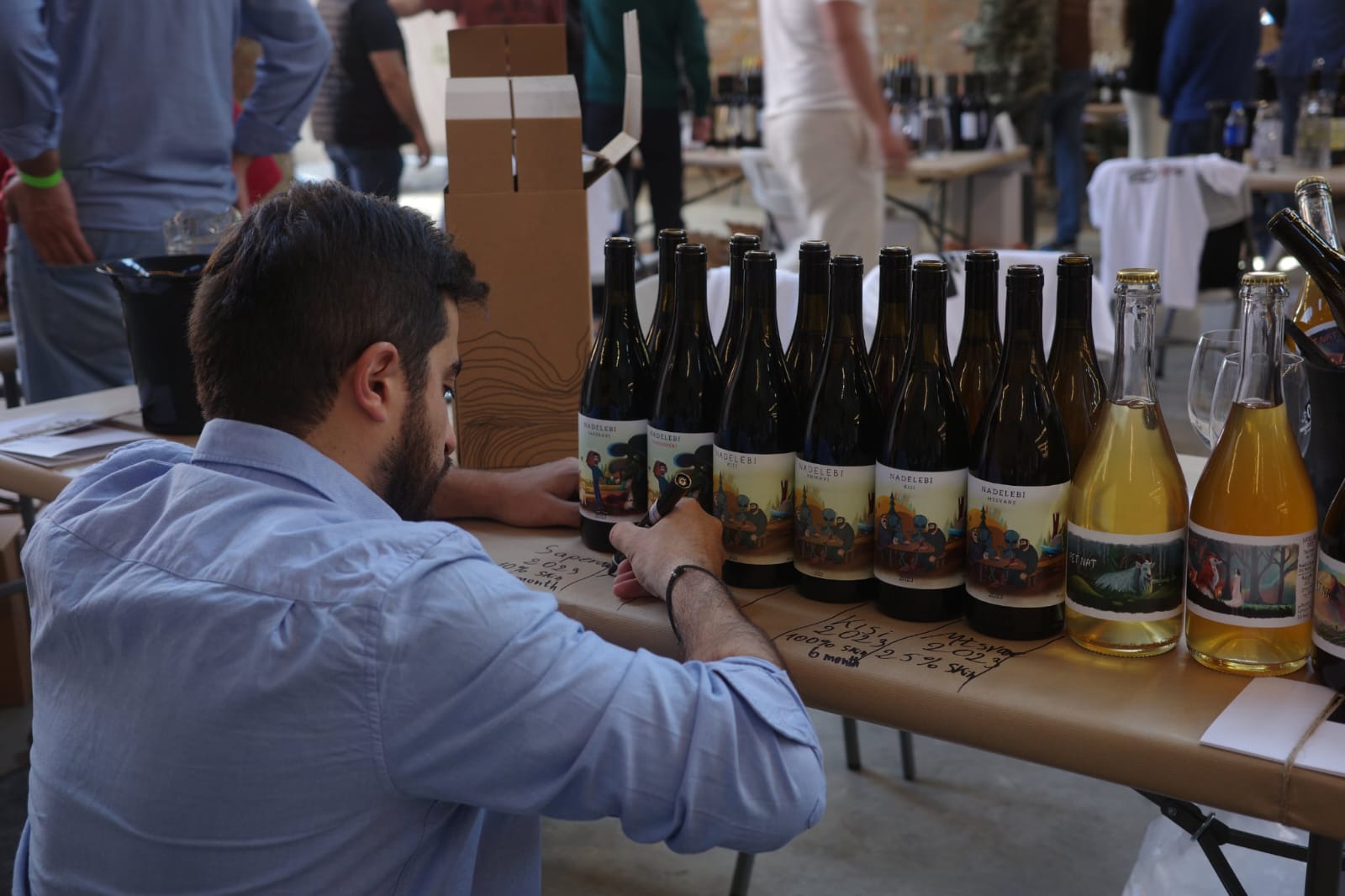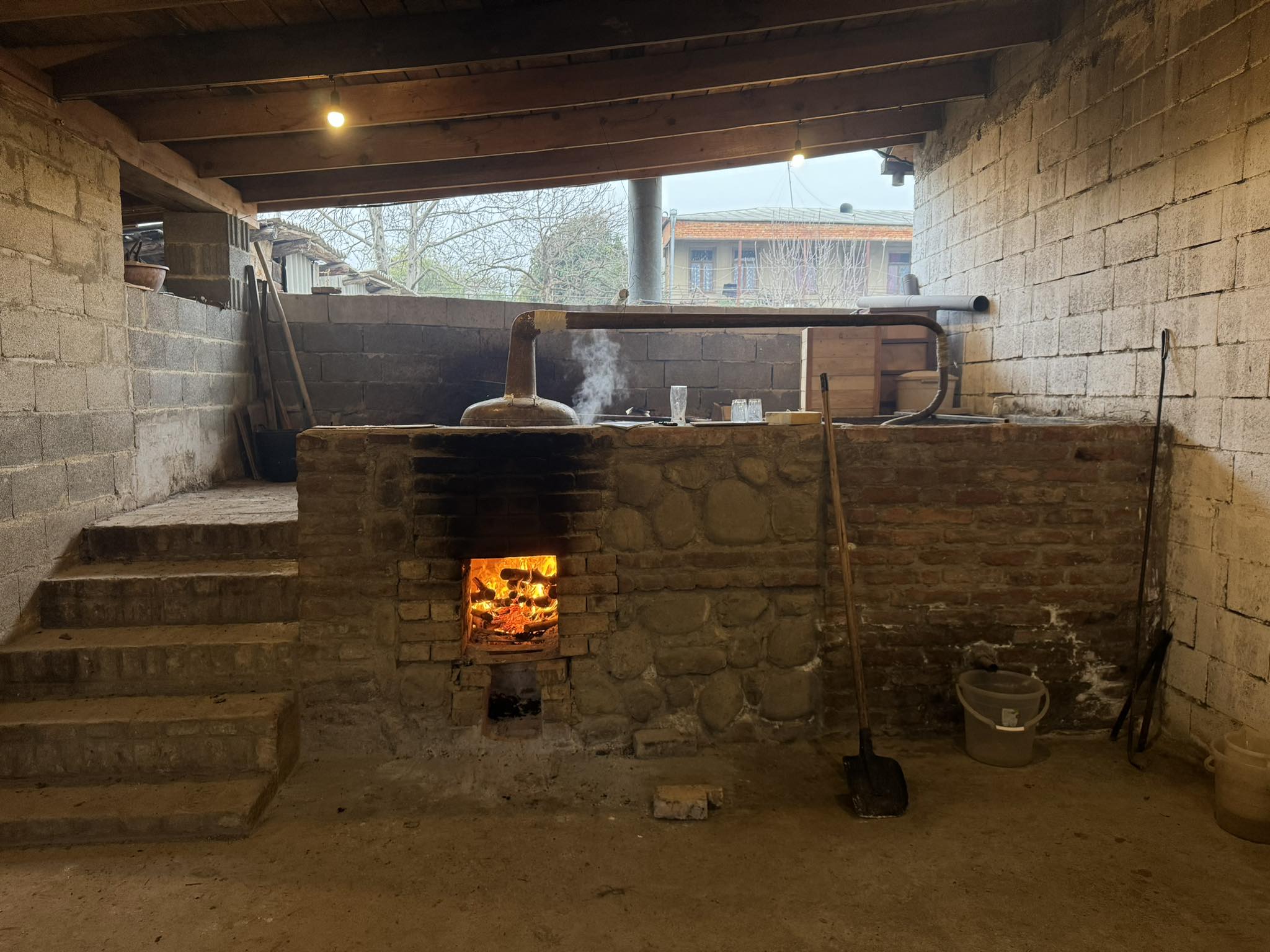News . 10-10-2023

The best pair - bottle and cork
Levan Sebiskveradze's blog
Young people who never lived in the Soviet era have likely seen in old Georgian films that wine is mainly in bottles in table scenes, and although a clay jug was always used to pour the wine at the table, the main wine vessel for domestic consumption at large or small tables (mostly in cities however) was traditionally a bottle.
Today, many small and large family wineries have started producing and selling Georgian wine in bottles, which is clearly a happy trend. This is especially good in light of the fact that during the economic problems of the 1990s, the culture of consuming bottled wine almost disappeared, and the whole country switched to the so-called garage winemaking, which meant making wine in plastic containers and selling or drinking it as an unbottled wine.
Despite the undoubtedly positive trends in Georgian winemaking, winemakers rarely use bottled wine for personal consumption, explaining that the bottle has its own value and it is regrettable to waste the bottle for personal consumption. This is similar to the approach of a person who imagines delicious fruit only for sale and does not eat it for himself.
Consuming bottled wine at the table is not only preferable because it is easier to pour or even appreciate the drink, but it is also important because it is a necessary aspect of wine culture. Bottled wines were massively consumed by Europeans over two centuries ago, and even today there are frequent cases when the wine in the bottles found in sunken ships, at the bottom of the oceans and seas was still drinkable and exquisite.
Despite the many alternatives, the fact remains that humanity has yet to come up with a more convenient, durable, insulating, and easy-to-carry container than a glass bottle. Today, many manufacturers make bottles made of clay, stainless steel, wood, plastic or other materials, but there is still no full-fledged alternative to glass.
Wine bottles were not produced for a long period in Georgia, and Georgian winemakers were forced to import the necessary vessels from neighboring Armenia and Russia, in addition to European countries. Today, there is a glass factory in Ksani, which is still the only one in Georgia, where wine bottles were formerly made. Currently, the wine bottle production line in this factory is suspended, which is unexpected in the country called the ‘homeland of wine’, where millions of bottles of wine are made every year for export or for the local market. Some of the Georgian winemakers buy bottles mostly from Europe, because they are attracted by the European quality of the bottle. However, the products of Russian and Armenian glass factories are also being used.
Like winemaking as an art form without enthusiasts, the tradition of bottled wine without a cork is unthinkable. As you know, cork is the outer layer of the bark of the cork oak tree. However, this is no ordinary bark. It is light, fire resistant and elastic. Cork oak produces durable bark every year if left untouched. In such a case, the bark can grow up to 25 centimeters in thickness. It is a kind of insulation for the tree, which protects it from heat, cold and fire in the forest. If the tree is harvested and the bark removed, the cork oak will have new bark in about ten years.
Unfortunately, lately Georgian winemakers have been worried that the corks of the wine bottles they bought are frequently of poor quality, and because of this, the wine of many winemakers has spoiled. Some winemakers buy corks in large hypermarkets and specialized wine stores in Georgia. Recently, many winemakers have started ordering corks online as well. The fact is that there are problems with corks purchased in both named ways.
If the cork is not dense and solid, there is a high probability that the wine will leak out of the bottle, which is one of the sources of spoilage of the drink. There are cases when it is very difficult to remove a poor-quality cork from a bottle of wine. It breaks when pulling the cork, and the drinker is forced not to remove the cork, but instead - to throw it into the bottle and manage to pour the wine into a glass. Sometimes, the cork itself is made of such poor quality raw materials that it spoils the wine itself, and the winemakers can’t figure out later whether the wine was spoiled by the cork, by their wrong decisions, or by the unfavorable conditions of wine storage.
As you know, in wine warehouses and shops, bottles are usually stored lying down. This is also related to cork contact. If the wine cork is not well saturated with wine, a dry cork may lead to the start of undesirable microbiological processes in the wine, and thus not only specific samples of wine, but even the whole year’s harvest may spoil and become unfit for drinking.
The existence of the problem does not mean that it is impossible to purchase quality corks in stores and online. Naturally, there are good, durable and most importantly neutral wine stoppers. However, before you buy this very important and necessary accessory for winemaking, it is advisable to first find out carefully the quality of the cork, its origin, whether wine companies actually use them (experienced winemakers give the necessary advice in this regard), and most importantly, you must determine your final decision not only by the cheapness of the cork.




